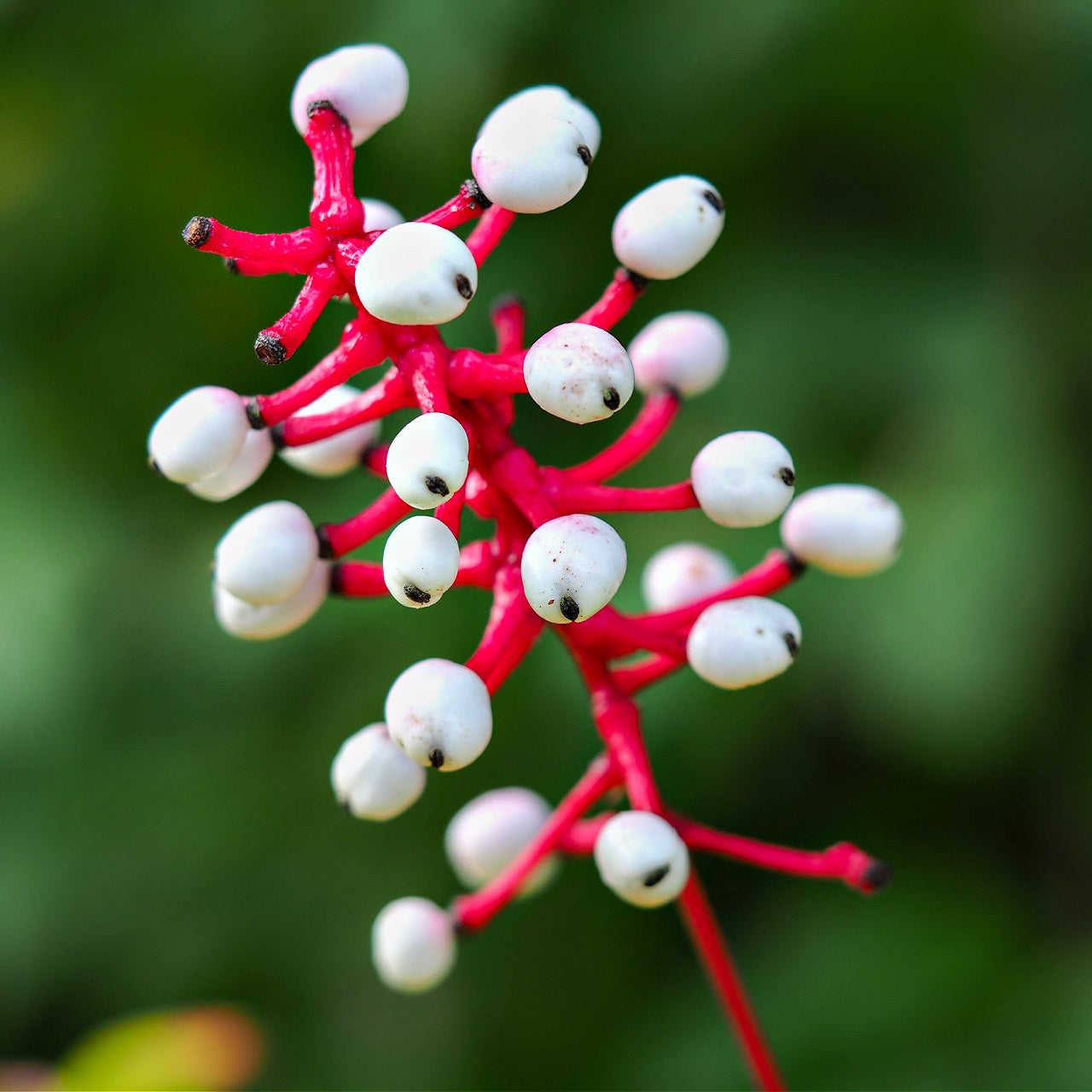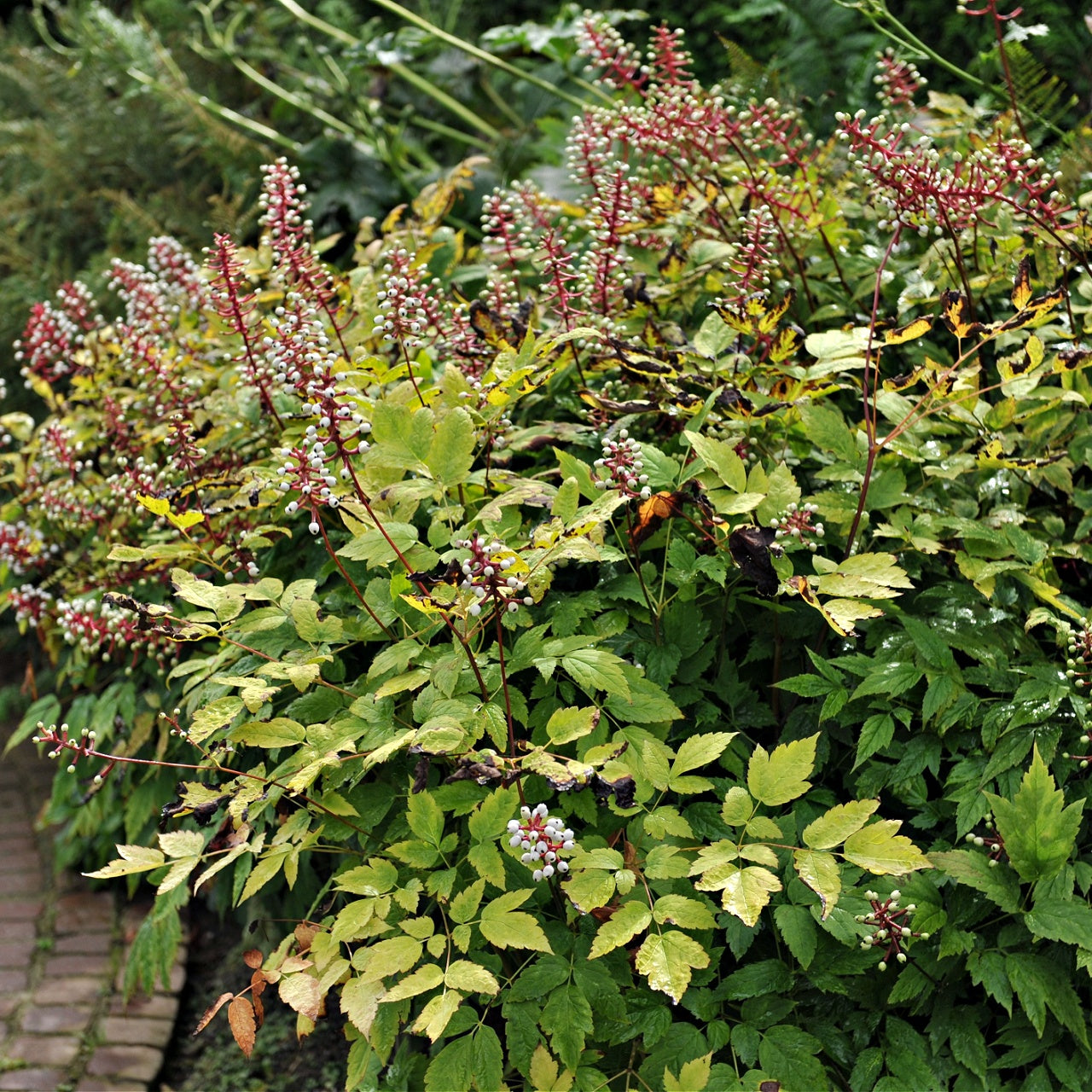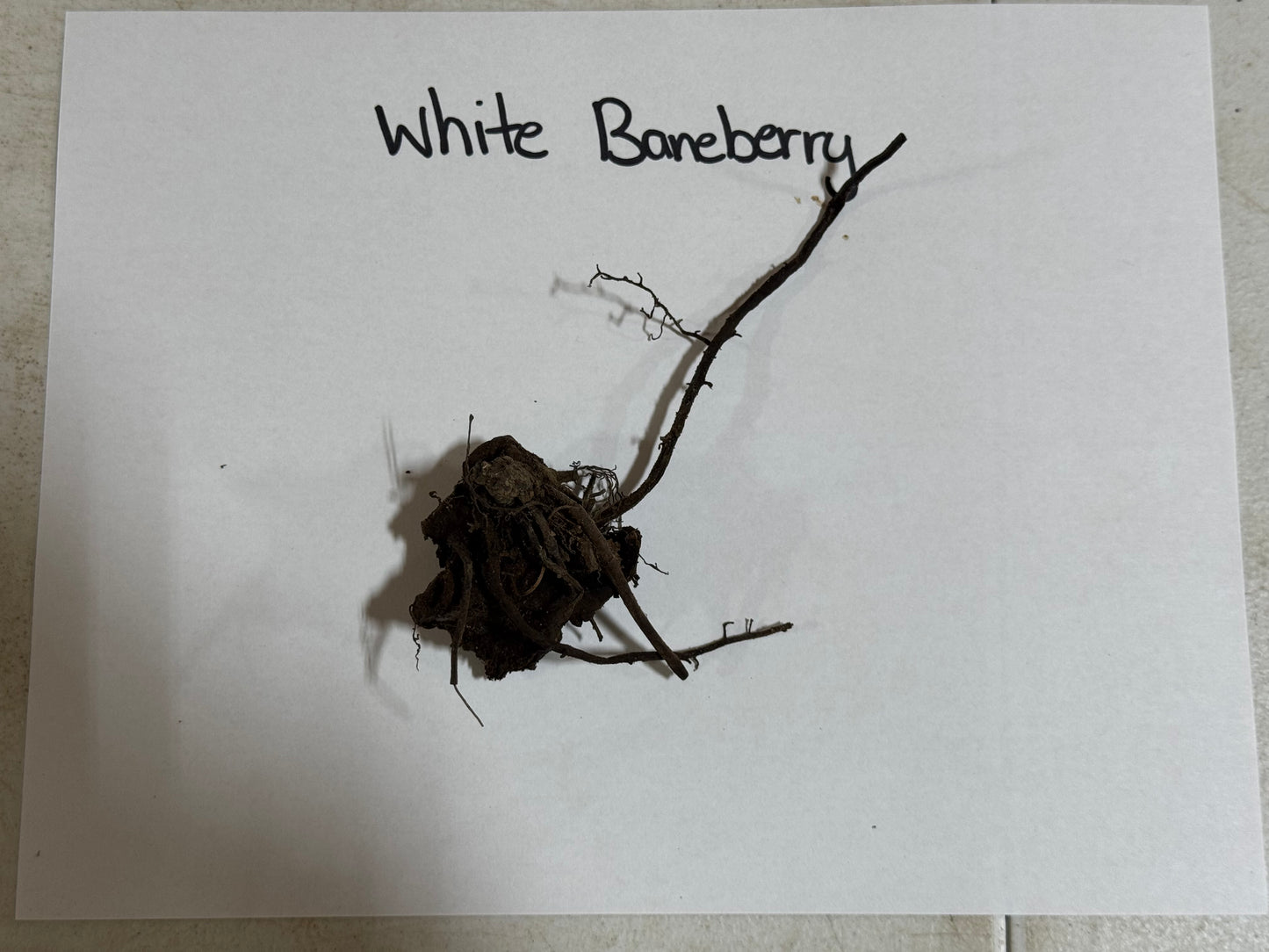Sep 25, 2025 min read
The Decline of Bird Populations — and...
In the last few decades, scientists have observed that the bird population is declining all around the world. This is...
Read More



Removes & Absorbs Toxins
Improves Air Quality
Low maintenance & easy to grow
Baneberry, or Doll’s Eye, is a perennial plant of the genus Actaea in the Ranunculaceae family. It grows naturally in deciduous, wooded areas and prefers fertile, clay-like soil. The plant has compound, toothed leaves, thick reddish stems, and white flowers forming dense spring racemes.
Baneberry grows 1½ to 2 feet tall and spreads 2 to 3 feet wide. Its red or white berries resemble dolls’ eyes, giving the plant its common name. The berries ripen in summer and are safe for birds.
The plant features feathery leaves and blooms from May to June. Tiny white flowers develop into colorful berries with small black dots, adding seasonal interest. It is a highly decorative woody perennial and used in shade gardens, especially for those who want something rare and exotic.
Baneberry thrives in full shade and USDA zones 3–8. Plant in well-drained, moist soil and mulch to retain root moisture.
Seeds can be planted outdoors in late autumn or indoors in late winter. Once established, the plant needs minimal maintenance.
Baneberry adds natural beauty and pairs well with ferns, creating a lush, woodland look.
This Is How Your Plants Will Look upon Delivery
Bloom Season
Bloom/Foliage Color
White
Shipping date depends on the date displayed and chosen when you order from the product's page.
We do not offer warranties on products after 5 days past receiving your plants.
Our Blogs
By signing up, you agree with our privacy policy.